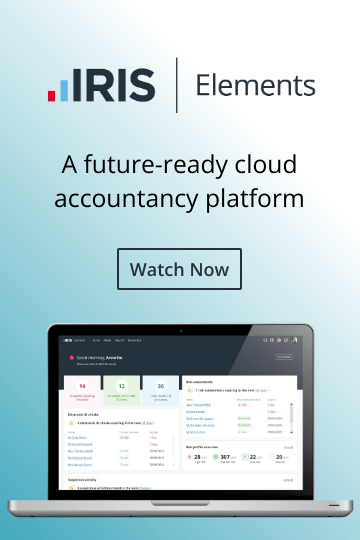BLOGS
Marginal Gains: 5 ways to build a better practice
Improve control - strengthen your brand
Last time, I looked at the beneficial impact of using a single, centralised database on your core practice processes, such as saving time on maintaining your records and answering client queries. We saw how all the minutes shaved off here and there add up to measurable time-saving marginal gains that combine to make a significant impact on your practice.
There are also wider benefits to building your practice on a centralised database. With a pool of instantly accessible, up-to-date information, it’s easier to keep your finger on the pulse of your practice as it is right now so you're not basing critical decisions today on last month’s data.
You'll build a more ‘joined-up’ practice, with changes made by one member of staff being instantly visible to other users.
As the summary here shows, you'll strengthen your control of the business and your understanding of your clients, while making valuable time-savings, too. Once again, the findings and figures come from independently conducted research amongst the IRIS user community.
|
Task |
Without a centralised database |
With a centralised database |
Typical time-saving |
|
1. Keeping client records up to date |
Just adding a director can mean dipping into three or four different records |
You'll save time as a change in one area flows through to wherever the data appears |
10 mins per client record update |
|
2. Working on core accounting functions |
Client data entry, such as trial balances, is slow and error-prone |
Data in the course of tax or accounts production work flows to other work & is available on-screen |
30 mins per incremental filing produced per client |
|
3. Answering client queries |
You'll need info and updates from multiple sources before calling the client back |
You can instantly put your hands on critical information |
10 mins per inbound client phone call |
|
4. Managing client documents |
Using post or email incurs delays, costs and risk |
No additional overhead as document management is an integrated part of the workflow |
15 mins per electronically shared document |
|
5. Producing correspondence |
Client communications involve gathering and updating information |
Time is saved when data feeds straight into correspondence |
5 mins per item of correspondence |
The journey continues...
In the final blog in our Marginal Gains series, learn the true meaning of 'integration' as I delve deeper into the benefits a centralised practice brings and how our genuinely integrated software succeeds where our competitors fail.
You can also read more about Marginal Gains in the blogs below:
- Little victories win the biggest big wars
- Accountants are carving out a new role
- A blueprint for the best
- Effective performance monitoring
- Don't take our word for it (free IRIS ROI calculator)









